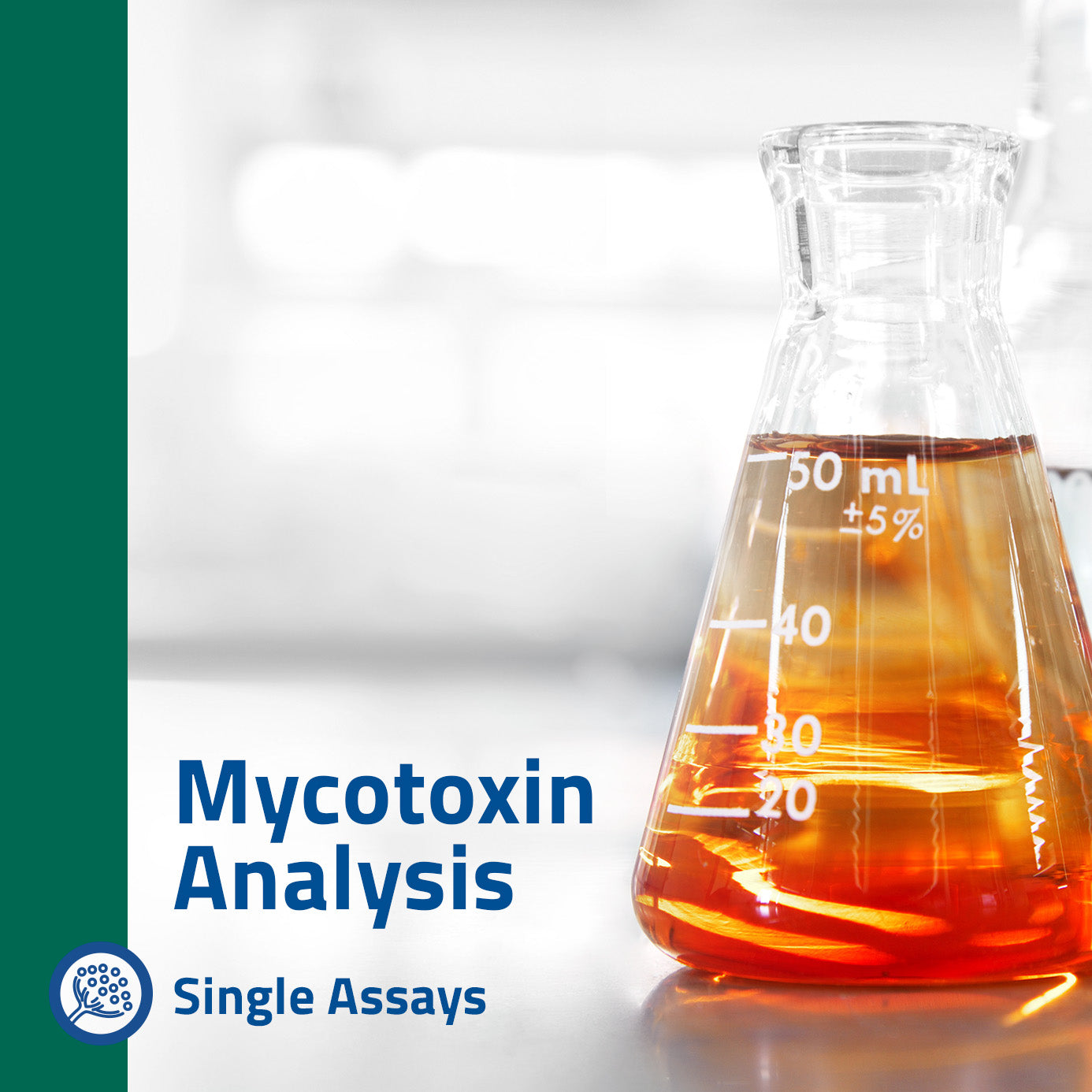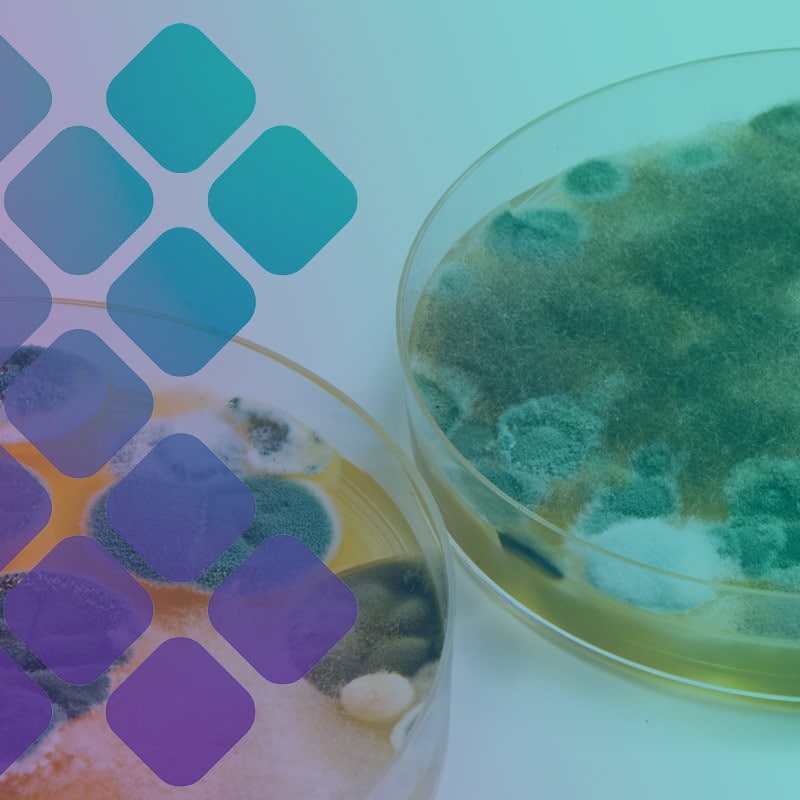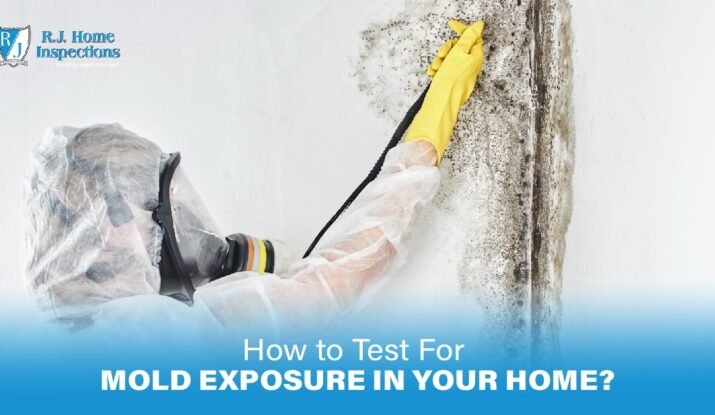Comprehensive Solutions for Your Mycotoxin testing Services Demands
Comprehensive Solutions for Your Mycotoxin testing Services Demands
Blog Article
Just How Mycotoxin Testing Helps Prevent Contamination and Protect Food Supplies

Mycotoxin screening is an important technique in the food market, functioning as a frontline defense against contamination by harmful toxic substances created by mold and mildews. Through the application of sophisticated methods like High-Performance Fluid Chromatography (HPLC) and Liquid Chromatography-Mass Spectrometry (LC-MS), food manufacturers can precisely measure and detect mycotoxin levels in farming items. This positive strategy not just ensures compliance with strict safety policies but also minimizes health and wellness risks to consumers. Furthermore, routine testing strengthens brand credibility and monetary health and wellness by minimizing contamination-related occurrences. Exactly how precisely do these testing methods integrate into the broader food security strategy?
Comprehending Mycotoxins
Recognizing mycotoxins begins with recognizing that they are hazardous secondary metabolites generated by certain mold and mildews, which can pollute farming products. These metabolites are not essential for the development or recreation of the fungis yet can have serious implications for animal and human health. Mycotoxins are typically located in staple plants such as corn, wheat, barley, and nuts, where they can proliferate under details conditions of wetness and temperature.
There are several types of mycotoxins, each created by different fungal types. Fusarium types generate fumonisins and trichothecenes, both of which are associated with different severe and persistent wellness issues.

Risks of Mycotoxin Contamination
The threats of mycotoxin contamination are diverse, positioning substantial risks to both food security and public health. Mycotoxins, poisonous compounds created by particular kinds of fungi, can contaminate a wide range of farming items consisting of cereals, nuts, spices, dried fruits, and coffee.
Economic impacts are an additional major issue. Polluted plants can lead to considerable financial losses for farmers and food manufacturers due to reduced yields and the need for costly purification procedures. Global trade can be significantly hindered as nations implement rigorous mycotoxin laws to safeguard their populations, leading to rejected shipments and strained profession relations.
Environmental elements such as climate adjustment aggravate the risk of mycotoxin contamination. Variants in temperature level and moisture can create positive conditions for fungal growth, enhancing the chance of contamination events. Therefore, understanding and minimizing these threats are vital for making sure the safety and honesty of global food supplies.
Approaches of Mycotoxin Testing
Precisely determining mycotoxin contamination in agricultural items is necessary for safeguarding public health and keeping food security standards. Different methods are employed to identify and quantify mycotoxins, each offering specific advantages and restrictions.
High-Performance Liquid Chromatography (HPLC) is a commonly utilized technique due to its high level of sensitivity and precision. It entails dividing mycotoxins from other substances in an example, making it possible for accurate quantification. Likewise, Liquid Chromatography-Mass Spectrometry (LC-MS) incorporates liquid chromatography with mass spectrometry to offer thorough molecular information, making it especially helpful for recognizing numerous mycotoxins concurrently - Mycotoxin testing Services.

Gas Chromatography-Mass Spectrometry (GC-MS) and Thin-Layer Chromatography (TENDER LOVING CARE) are also used, each with distinct applications. GC-MS is effective for volatile mycotoxins, while tender loving care supplies a simpler, affordable option for initial screening.
Benefits of Normal Examining
Normal testing for mycotoxins in agricultural products supplies various benefits, significantly adding to public health and wellness and food safety and security. By determining contamination early, routine testing assists avoid the distribution of harmful foods, consequently reducing the threat of mycotoxin-related health problems among consumers. This aggressive technique not only safeguards human wellness however likewise enhances the overall high quality of food materials.
Regular testing likewise supports regulatory compliance. Various nations and regions visit have actually developed rigorous restrictions for mycotoxin degrees in food and feed. Abiding by these limitations through routine screening makes sure that manufacturers and providers fulfill legal standards, thereby avoiding fines and trade barriers. In addition, preserving compliance cultivates consumer trust and brand track record, which are essential for market success.
Additionally, normal mycotoxin testing can bring about significant economic advantages. Early discovery of contamination allows for timely treatment, reducing possible losses from widespread contamination. Applying normal testing methods can likewise lessen recall prices and associated obligations, which can be financially ravaging.
Additionally, routine testing supplies useful data that can inform better agricultural practices and storage space conditions. By recognizing patterns of contamination, manufacturers can embrace safety nets, consequently lowering future dangers and contributing to the sustainability of the food supply chain.
Implementing Checking Protocols
Implementing reliable mycotoxin testing methods is critical for making certain the safety and quality of agricultural items. Establishing use this link a durable screening framework involves multiple vital actions, starting with the recognition of potential contamination factors within the manufacturing and supply chain. This includes pre-harvest, post-harvest, storage space, and distribution stages. Each phase needs to be scrutinized to identify where mycotoxin contamination is more than likely to take place.
When vital control factors are determined, choosing proper testing approaches is important. Usual techniques consist of enzyme-linked immunosorbent assay (ELISA), high-performance fluid chromatography (HPLC), and mass spectrometry (MS) Each method has its strengths and weaknesses; therefore, selecting the correct one depends upon the specific mycotoxin being evaluated, the needed level of sensitivity, and offered sources.

Lastly, incorporating the testing protocols right into a detailed food safety administration system is suggested. This boosts traceability and enables quick restorative actions when contamination is detected, consequently securing the honesty of the food supply chain.
Verdict
Mycotoxin screening is important in preventing contamination and protecting food products by making it possible for early discovery of harmful toxic substances generated by mold and mildews in agricultural items. Advanced methods such as HPLC and LC-MS guarantee compliance with security guidelines and shield consumers from health threats. Routine screening boosts brand name track record, monetary security, and rely on food safety by decreasing contamination-related losses and keeping high criteria in food production. Applying extensive testing procedures is therefore important for the market's overall health.
Mycotoxin screening is an important method in the food industry, serving as a frontline defense versus contamination by dangerous toxins created by molds. An integrated approach involving agricultural practices, storage space monitoring, and regular screening can mitigate the dangers associated with mycotoxin contamination, ensuring food safety and public wellness.
The risks her comment is here of mycotoxin contamination are complex, positioning substantial dangers to both food safety and public wellness.Regular screening for mycotoxins in farming products supplies many benefits, considerably adding to public wellness and food safety and security.Mycotoxin testing is important in avoiding contamination and protecting food supplies by allowing early discovery of harmful contaminants created by mold and mildews in farming products.
Report this page